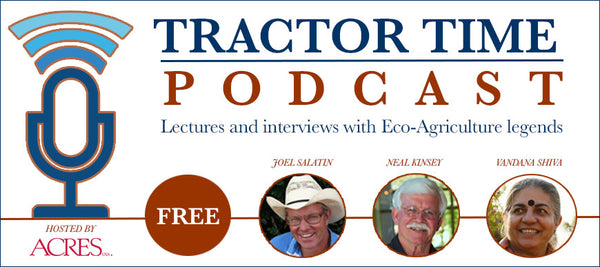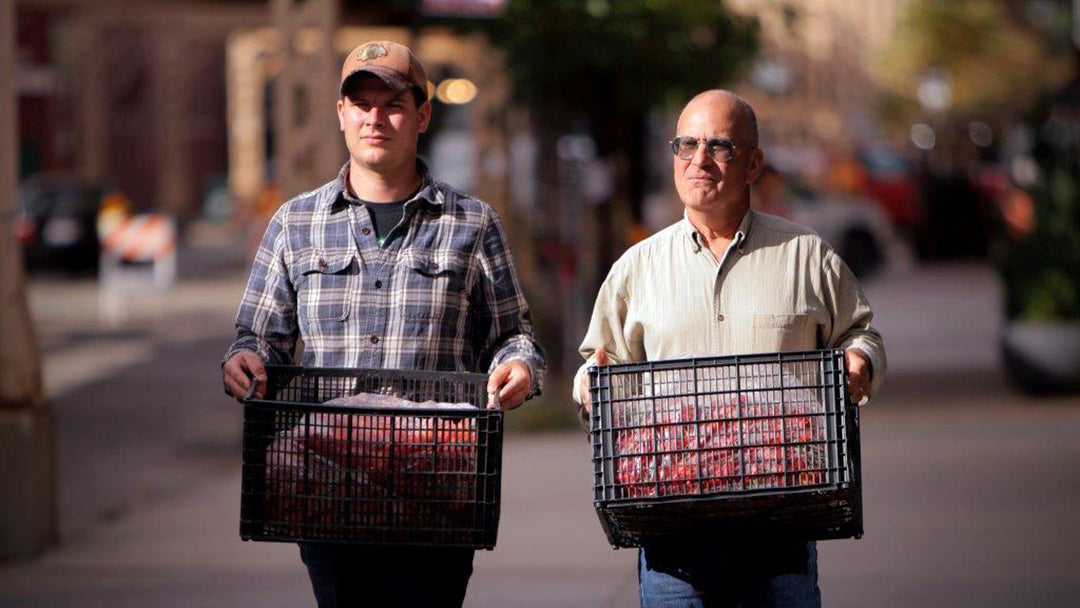
Mark Shepard: Keyline-Method Farm Water Management
This Wisconsin farmer will explain options for water handling on the farm. Learn the deficiencies of traditional contour farming, grassy waterways and USDA terraces as compared to Australian-borne keyline design and the presenter’s modified American Keyline methods. He will show farmers how to keep the water high on your hills where it can benefit the farm. Shepard, author of the book Restoration Agriculture and featured in its companion video, will show how shaping the land on his own farm has produced benefits for two decades. As gushers erode neighboring properties he holds the precious water high on his hills where it can be put to work to buffer the inevitable dry periods.
Mark Shepard is a Wisconsin-based permaculture designer, agroforester and ecological farming consultant. He and his family have transformed a typical 140-acre row-crop dairy farm into a permaculture-based perennial-agricultural ecosystem using oak savannah, successional brushland and Eastern woodlands as ecological models. In all, they have planted 100,000 trees on this property. The result is one of the first and finest farmscale models of permaculture in the United States. Their farm features chestnut, hazelnut and fruit trees, a variety of other fruits and vegetables, and chickens, ducks, pigs and other animals. He is the author of Restoration Agriculture and the subject of the new video Restoration Agriculture in Practice.
Recorded at the 2014 Acres U.S.A. Conference, Columbus, Ohio, Saturday, December 6, 2014.
Mark Shepard is a Wisconsin-based permaculture designer, agroforester and ecological farming consultant. He and his family have transformed a typical 140-acre row-crop dairy farm into a permaculture-based perennial-agricultural ecosystem using oak savannah, successional brushland and Eastern woodlands as ecological models. In all, they have planted 100,000 trees on this property. The result is one of the first and finest farmscale models of permaculture in the United States. Their farm features chestnut, hazelnut and fruit trees, a variety of other fruits and vegetables, and chickens, ducks, pigs and other animals. He is the author of Restoration Agriculture and the subject of the new video Restoration Agriculture in Practice.
Recorded at the 2014 Acres U.S.A. Conference, Columbus, Ohio, Saturday, December 6, 2014.
My Farmer, My Customer
New! Learn from Marty Travis's experiences converting the Spence Farm into one of the most successful farming co-ops in the United States today.

